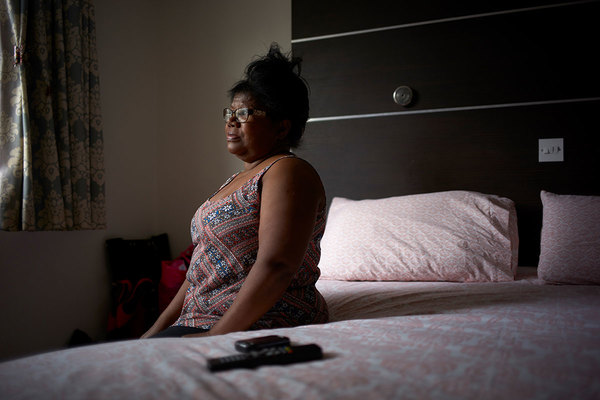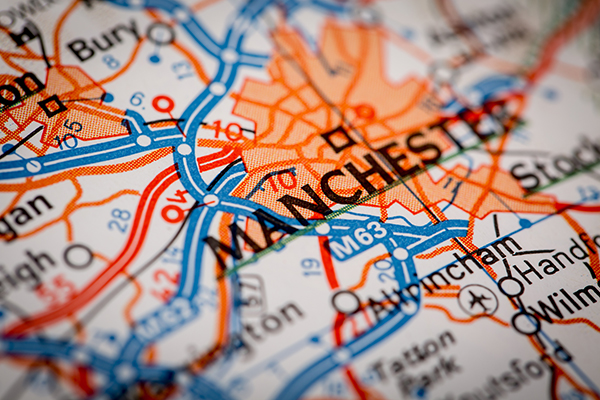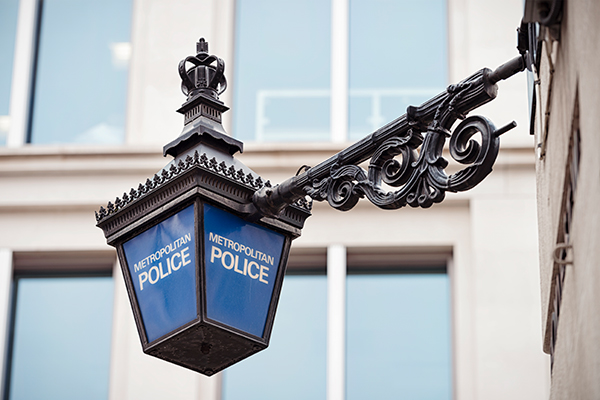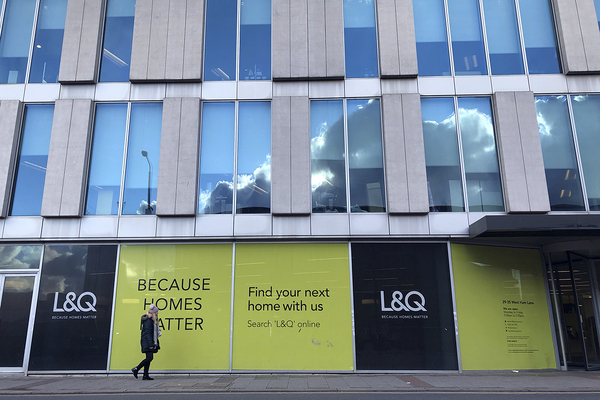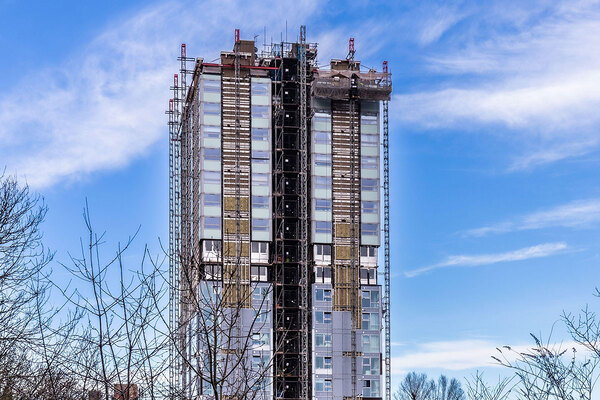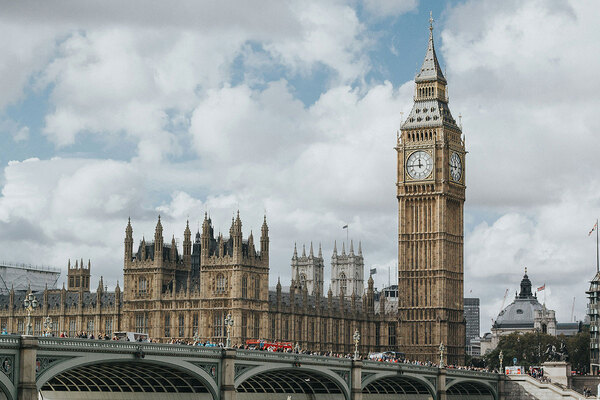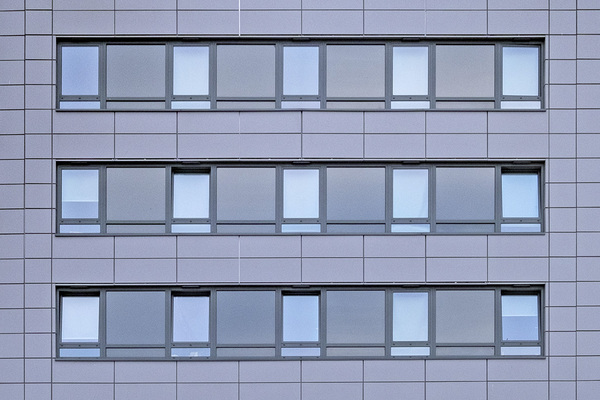You are viewing 1 of your 1 free articles
Grenfell: why the cladding failed
In London, the average fire engine arrives at the scene six minutes after being called – at Grenfell Tower, this was nowhere near soon enough
The first 999 calls were made from Grenfell Tower at 12.54am on 14 June. The fire service arrived at 1am. But flames were already ripping up the outside of the building. The question which has plagued the industry ever since is why and where might it happen again.
Last month, when the Building Research Establishment (BRE) tested a similar system to the one used on Grenfell, they lit a fire under a nine-metre high model wall. Flames quickly damaged the aluminium panels, taking hold and moving from floor to floor. Burning drops of melted plastic fell like rain to create a pool of fire below. The flames surged past barriers in the cavity behind the panels, which created a wind tunnel to send the fire to the top of the system in just seven minutes.
After less than nine minutes, the test was terminated, with flames shooting up “several metres above the top of the rig”. According to one source, the test was called off because the fire was on the verge of setting the BRE lab itself on fire.
Several key features of this model wall failed in their purpose during testing. Panels made from aluminium composite material (ACM), supposedly designed to prevent fire spreading, were quickly consumed by flames. Barriers intended to respond to heat and stop the cavity becoming a chimney were unable to halt the blaze. Foam insulation behind the panels burned freely, accelerating the spread.
Panels of ACM are commonly used as cladding to insulate buildings. Panels are made up of two thin sheets of aluminium, with a lightweight core that can be made from various materials. These are generally added as part of an insulating system including foam attached to the building behind the panels.
To provide proper insulation, builders leave a cavity between the panels and the foam, and it is in this void that fire safety issues can arise. In order to preserve the cavity but also prevent it from becoming a deadly chimney, fire breaks are generally installed at regular intervals. These do not block the cavity entirely, but are designed to expand when they detect fire and fill the gap.
Arnold Tarling, a fire safety expert and chartered surveyor at Hindwoods, has little faith in this idea: “How,” he questions, “do you make sure that that continues across every vertical member which is holding the cladding on? The external cladding’s got to stick to something, and so very often you have vertical sections of aluminium bonded to the concrete. You have your barriers coming out from there. How do you fill in all those cavity bits and pieces – the aluminium tubes themselves? How do you fill in the cavity gaps? It becomes very complicated.”
Ronnie King, secretary of the all-party parliamentary group on fire safety and rescue, notes that the model walls tested by the BRE didn’t have real windows and so didn’t have holes for nails and screws. According to Mr King, a former fire officer, “Once you start putting holes in cladding and insulation, they become less safe.”
Indeed, the Fire Protection Association (FPA) plans to carry out tests on systems including windows, because they believe the government tests are inadequate. “We don’t know how the fire stopping is going to work if you’ve got classic window melting,” Jonathan O’Neill, managing director at the FPA, says. “We don’t know whether that will expose the core insulation, and if it does, how that will react when subject to fire.”
Even if fire can’t spread up the cavity, it can find other ways up the side of a wall. The aluminium panels used to clad Grenfell Tower enclosed a core made from polyethylene, a flammable materials.
Mr Tarling remarks, “You can put whatever cavity barriers you like – you could have a cavity barrier sticking out six inches beyond the cladding – the heat of the fire will have melted the polyethylene because it’s molten at 120 degrees. So even before the flames have got to setting it on fire, this stuff has already become liquid and is pouring out. This then goes down the building, it then catches fire and goes straight up to the higher level.”
In all the tests that failed, the plastic core of the cladding melted quickly. Mr Tarling explains what happens next: “That burning material is falling on balconies and things below setting fire to that. It’s drifting outwards, setting fire to maybe grass and bits and pieces at the bottom of the building.
“It’s falling on top of the firefighters and everyone – that’s why the firefighters were using the police’s riot shields, so that they could get into the building and get people out. This stuff falling on people escaping from the building could set fire to their clothing.”
The consensus is that failings at Grenfell Tower must have been numerous for the effects of the fire to have been so catastrophic. Flammable cladding cannot fully explain the devastating speed with which the fire spread from floor to floor, and most experts agree that internal problems will become significant as more information emerges.
What is also clear is that the cladding failures on the tower were more significant than in any other cladding-related fire yet recorded. When everything goes wrong at once, the danger could come from anywhere.

